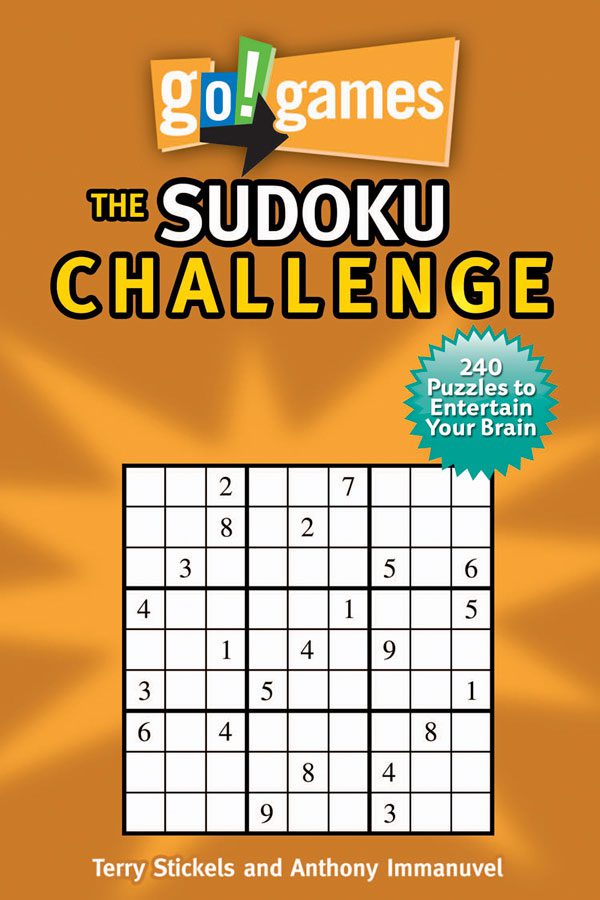Sudoku is a logic-based number placement game played on a 9×9 grid. The objective is to fill in the grid with numbers from 1 to 9, without repeating any number in any row, column, or sub-grid. Solving Sudoku puzzles requires one to think creatively and identify patterns to eliminate possibilities. Tips to master the game include starting with easy numbers, looking for patterns and repetitions, keeping track of numbers filled in, and practicing every day. Sudoku can improve cognitive skills, such as critical thinking, problem-solving, and memory. Therefore, it is a great mental break and a challenging game to master.
Mastering the Mind-Bending Challenges of Sudoku
Introduction
If you’re like most people, you may have been intrigued by the seemingly complex yet addictively challenging game known as Sudoku. Sudoku puzzles have taken the world by storm, and for those who have never tried it, they can seem quite intimidating. However, Sudoku is not just a game of logic but also one of mental agility, requiring you to think outside the box and test your problem-solving skills. In this article, we’ll take a closer look at Sudoku, exploring what it is, how to solve Sudoku puzzles, and how to master the mind-bending challenges that come with it.
What is Sudoku?
Sudoku is a logic-based number placement game that is played on a 9×9 grid. The grid is further divided into nine 3×3 sub-grids. The objective of the game is to fill in the grid with numbers from 1 to 9, without repeating any number in any row, column, or sub-grid. A typical Sudoku puzzle comes with some numbers pre-filled in the grid, and the player has to fill in the rest of the numbers to solve the puzzle.
How to solve Sudoku puzzles
Solving a Sudoku puzzle can seem like a daunting task, especially if you’re new to the game. However, with practice and perseverance, you can easily master the art of solving Sudoku puzzles. Here are some steps you can follow to solve any Sudoku puzzle.
Step 1: Start with the easy numbers
The first step in solving a Sudoku puzzle is to look for the easy numbers, starting with numbers that have been pre-filled in the grid. Once you’ve identified the easy numbers, fill them in the grid.
Step 2: Identify the missing numbers in each row, column, and sub-grid
Next, you need to look for the missing numbers in each row, column, and sub-grid. You can do this by process of elimination. Identify the numbers that are already present in the row, column, or sub-grid, and then see which numbers are missing. Once you’ve found the missing numbers, fill them in the grid.
Step 3: Use the process of elimination to fill in the grid
As you fill in more and more numbers in the grid, it will become easier to identify the missing numbers. Use the process of elimination to fill in the rest of the numbers in the grid. Be sure to keep track of the numbers you’ve filled in and the numbers that are missing.
Mastering the mind-bending challenges of Sudoku
Sudoku puzzles can offer a lot more than just mere entertainment. They can help improve cognitive skills, such as critical thinking, problem-solving, and memory. Here are some tips that can help you master the mind-bending challenges of Sudoku puzzles.
Tip 1: Look for patterns and repetitions
One of the keys to mastering Sudoku puzzles is to look for patterns and repetitions in the grid. For example, if you see two numbers that appear in the same row, column, or sub-grid, they cannot both be in the same space. Using this logic, you can eliminate one of the numbers and fill in the other.
Tip 2: Keep track of the numbers you’ve filled in
It’s important to keep track of the numbers you’ve filled in and the numbers that are missing in each row, column, and sub-grid. This will prevent you from repeating the same numbers in the same row, column, or sub-grid, which is not allowed in Sudoku puzzles.
Tip 3: Don’t be afraid to start over
If you get stuck on a particular Sudoku puzzle, don’t be afraid to start over. It’s better to start fresh than to keep struggling with a puzzle that you can’t solve. Starting over can also help you identify patterns and repetitions that you might have missed the first time around.
Tip 4: Practice, practice, practice
The more you practice solving Sudoku puzzles, the better you will become at it. Make it a point to solve at least one Sudoku puzzle every day. You can also find Sudoku apps and online Sudoku puzzles, which are great for practicing and improving your skills.
Conclusion
Sudoku puzzles may seem intimidating at first, but with practice and perseverance, you can easily master the game. The key to solving Sudoku puzzles is to use logic and eliminate possibilities. Sudoku puzzles can also offer several benefits, including improving cognitive skills such as critical thinking, problem-solving, and memory. So, the next time you’re stuck waiting in a long line or just need a mental break, grab a Sudoku puzzle and start solving!
